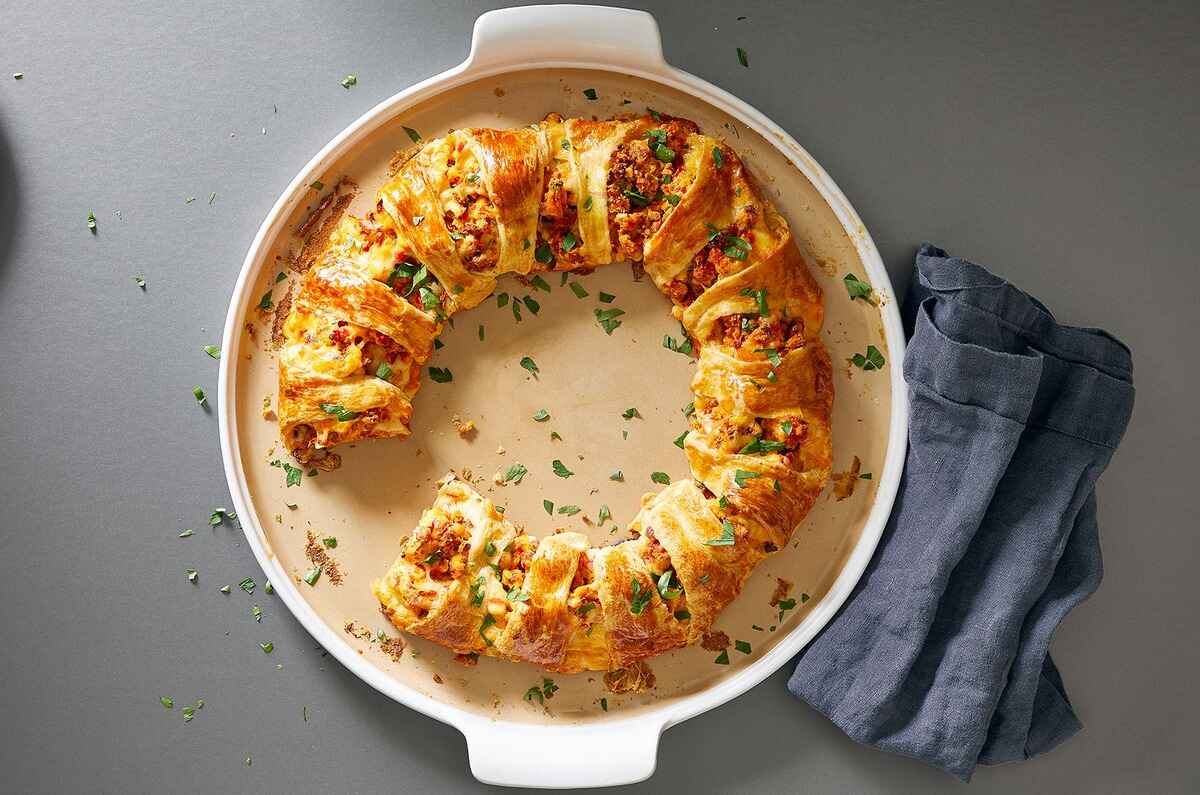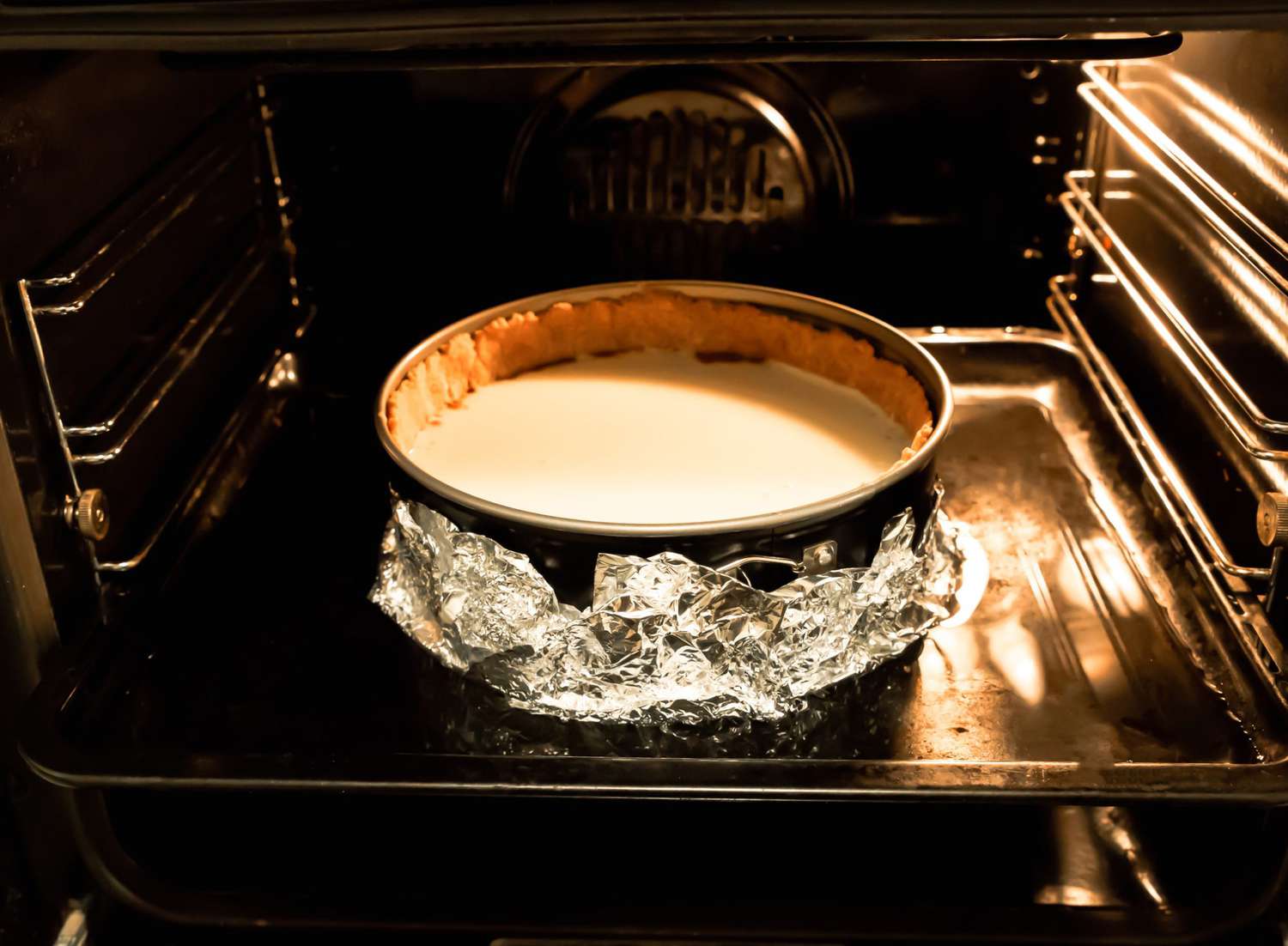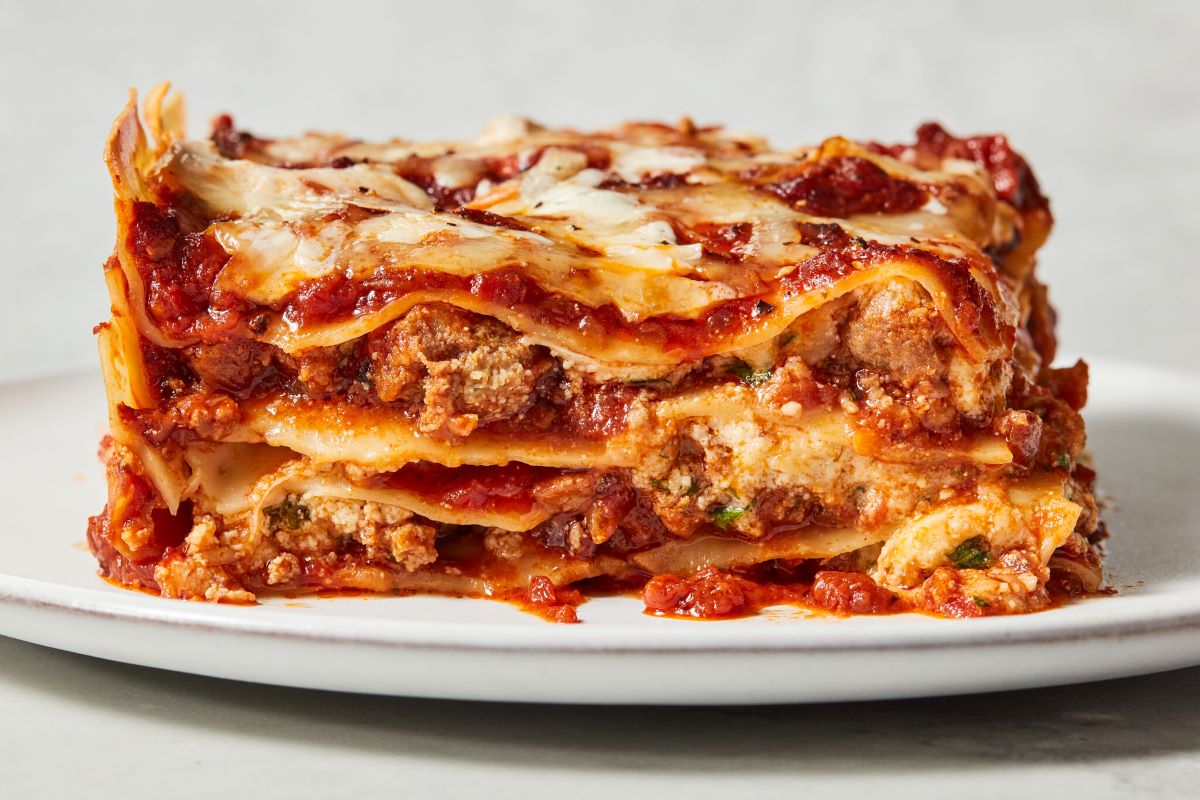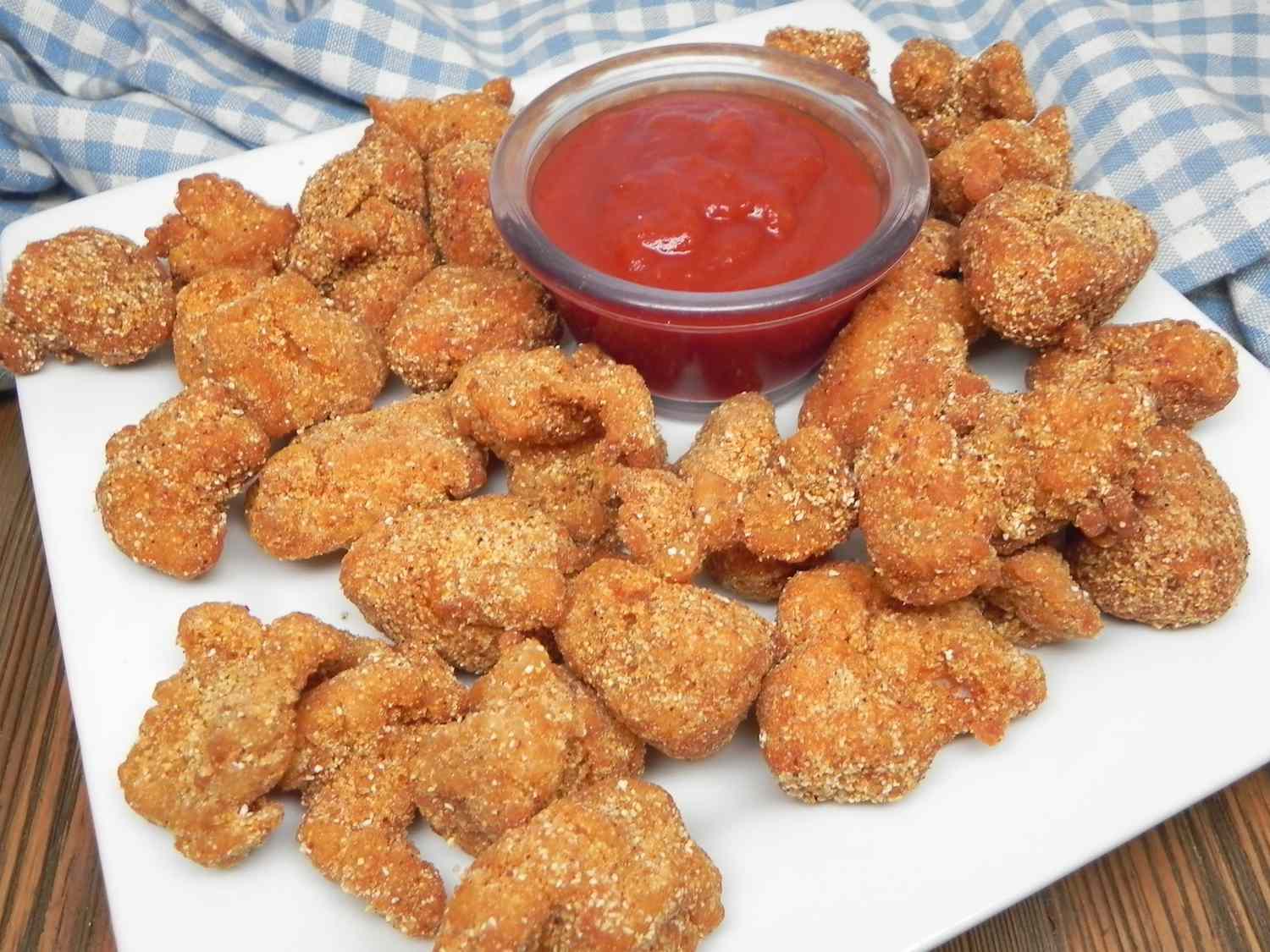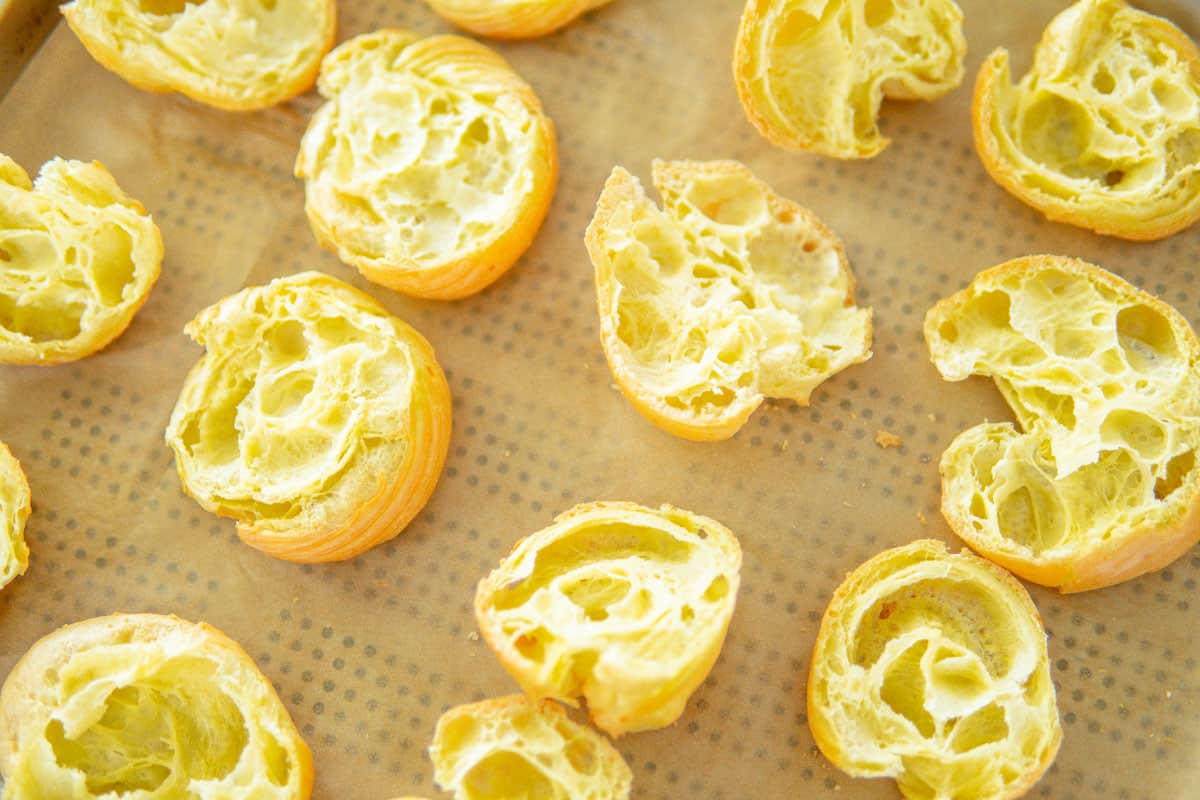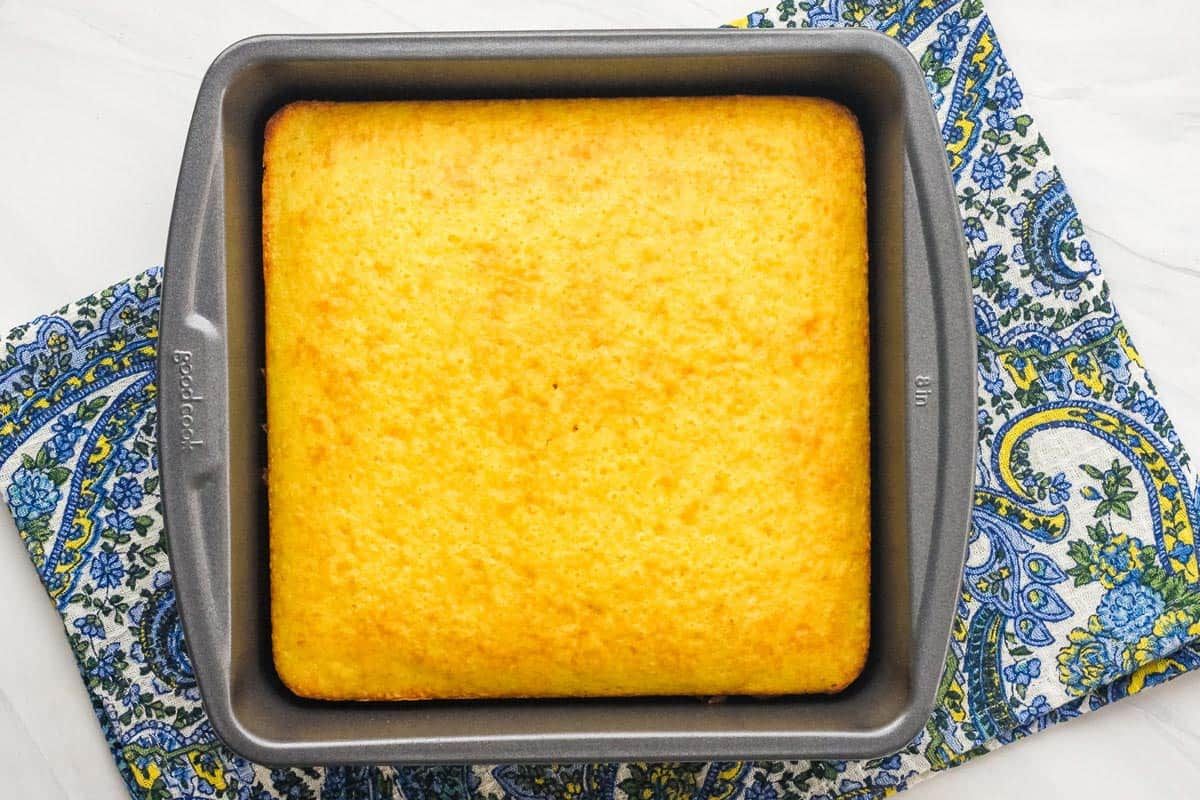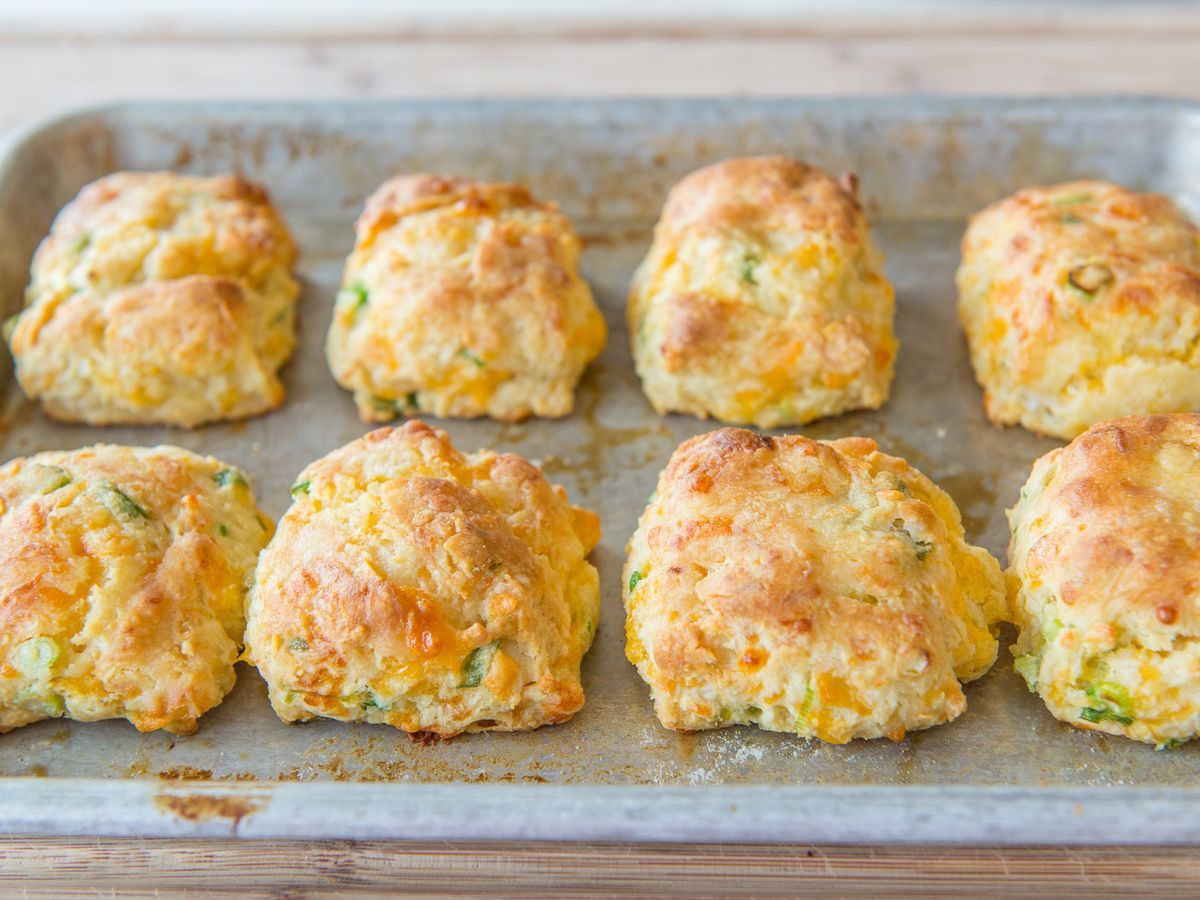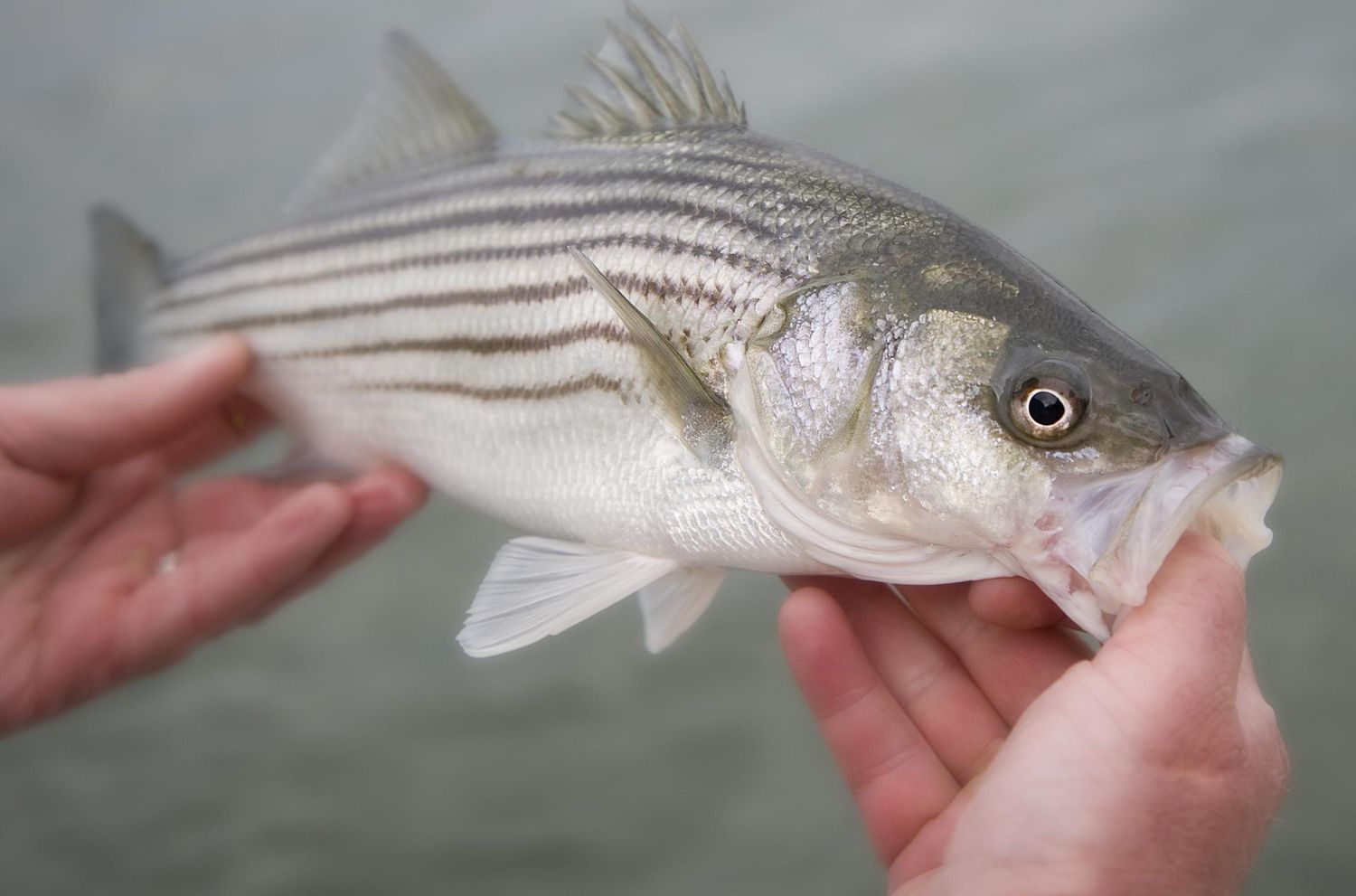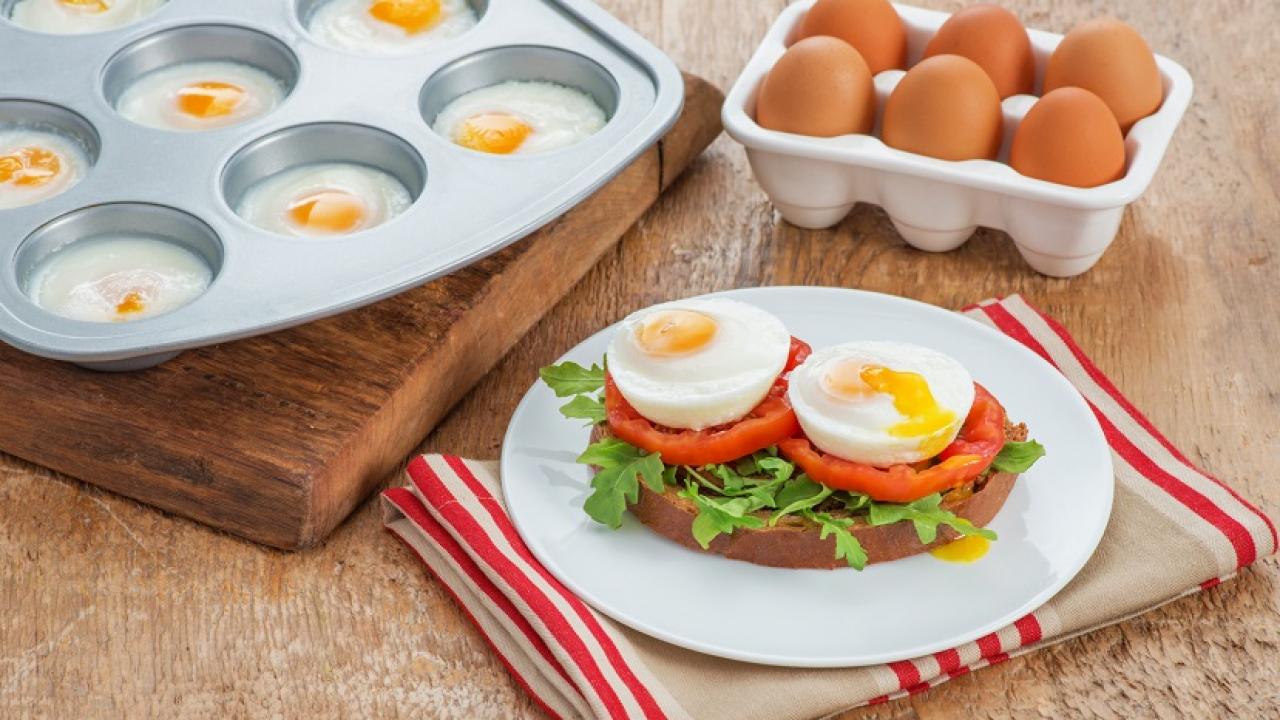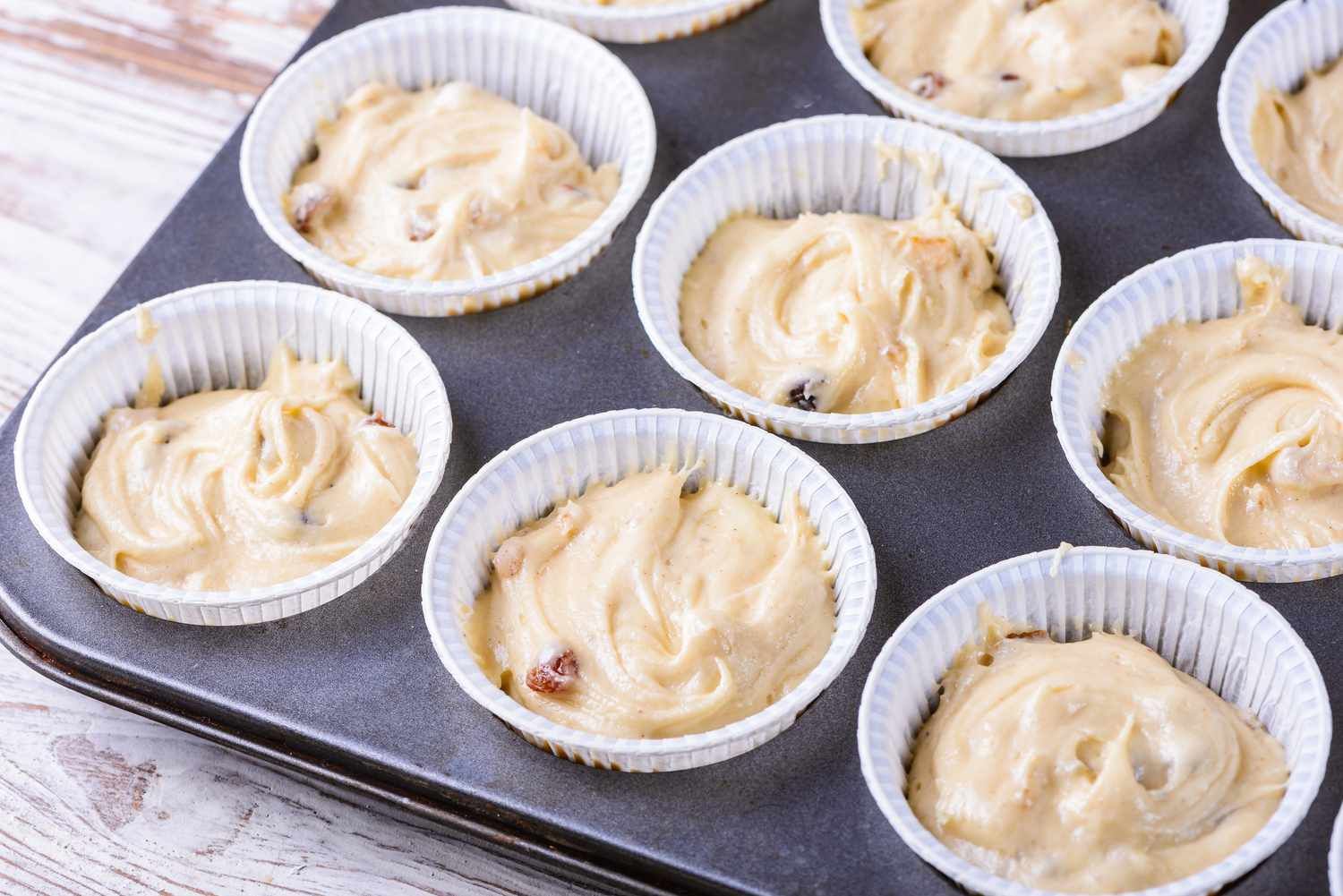Why Bake at a Lower Temperature?
Baking at a lower temperature can yield some amazing results. While many recipes call for a standard baking temperature of 350°F or higher, there are times when baking at a lower temperature can be beneficial. Here are some reasons why you might want to consider baking at a lower temperature:
- Even Baking: Lower temperatures allow for more even baking, reducing the risk of overcooking the outer layers while the inside remains undercooked.
- Moisture Retention: Baking at a lower temperature can help retain moisture in your baked goods, resulting in a softer and more tender texture.
- Preventing Over-Browning: Lower temperatures can prevent your baked goods from browning too quickly, giving you more control over the final appearance of your creations.
Tips for Baking at a Lower Temperature
If you’re ready to give lower temperature baking a try, here are some tips to help you achieve the best results:
- Adjust Baking Time: When baking at a lower temperature, you may need to extend the baking time. Keep an eye on your baked goods and use a toothpick or cake tester to check for doneness.
- Use the Right Pan: Consider using a light-colored pan to prevent over-browning at lower temperatures. Dark pans can absorb more heat and cause the edges of your baked goods to brown too quickly.
- Be Patient: Baking at a lower temperature requires a bit more patience, but the results can be well worth it. Allow your baked goods the extra time they need to reach perfection.
Recipes for Lower Temperature Baking
Many recipes can be adapted to lower temperature baking. Here are a few ideas to get you started:
- Chocolate Chip Cookies: Try baking your favorite chocolate chip cookie recipe at 300°F for a slightly softer and chewier texture.
- Banana Bread: Bake your banana bread at 325°F for a moister and more evenly baked loaf.
- Casseroles: When baking casseroles, consider lowering the temperature to 325°F to ensure that the ingredients cook through without drying out.
Experiment and Enjoy!
Don’t be afraid to experiment with lower temperature baking. It can be a fun and rewarding way to explore new techniques and achieve delicious results. Whether you’re baking cookies, cakes, or casseroles, adjusting the temperature can make a big difference in the final outcome. So go ahead, lower that oven temperature and enjoy the wonderful world of baking at a lower temperature!
Was this page helpful?
Read Next: How To Bake Cake In Oven Preheat Temperature

